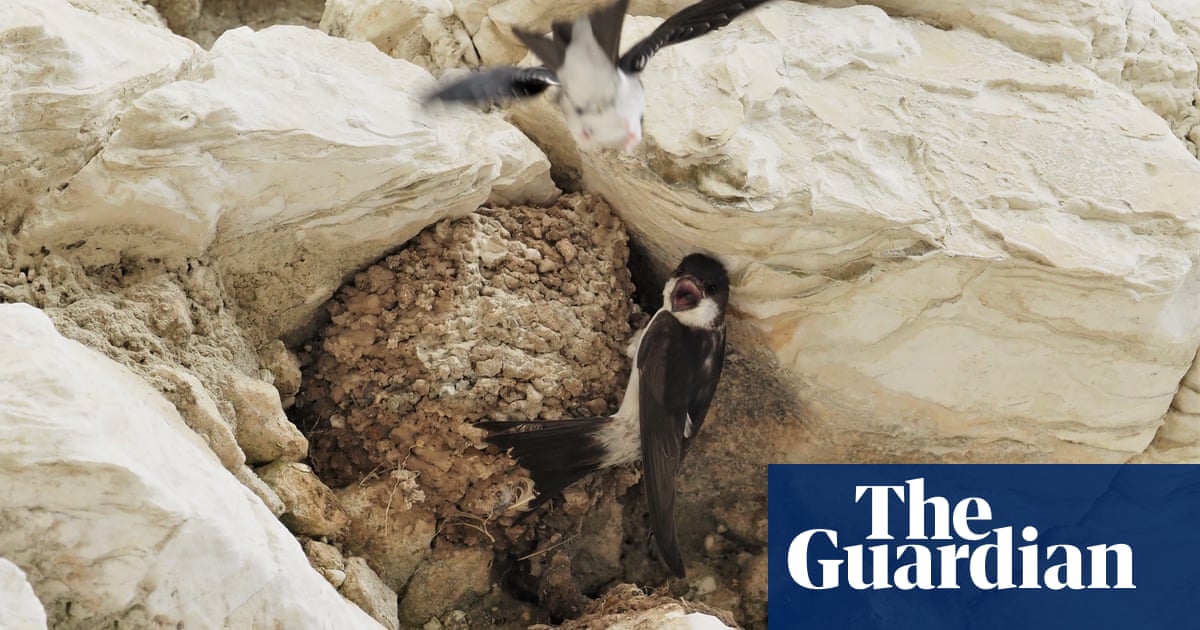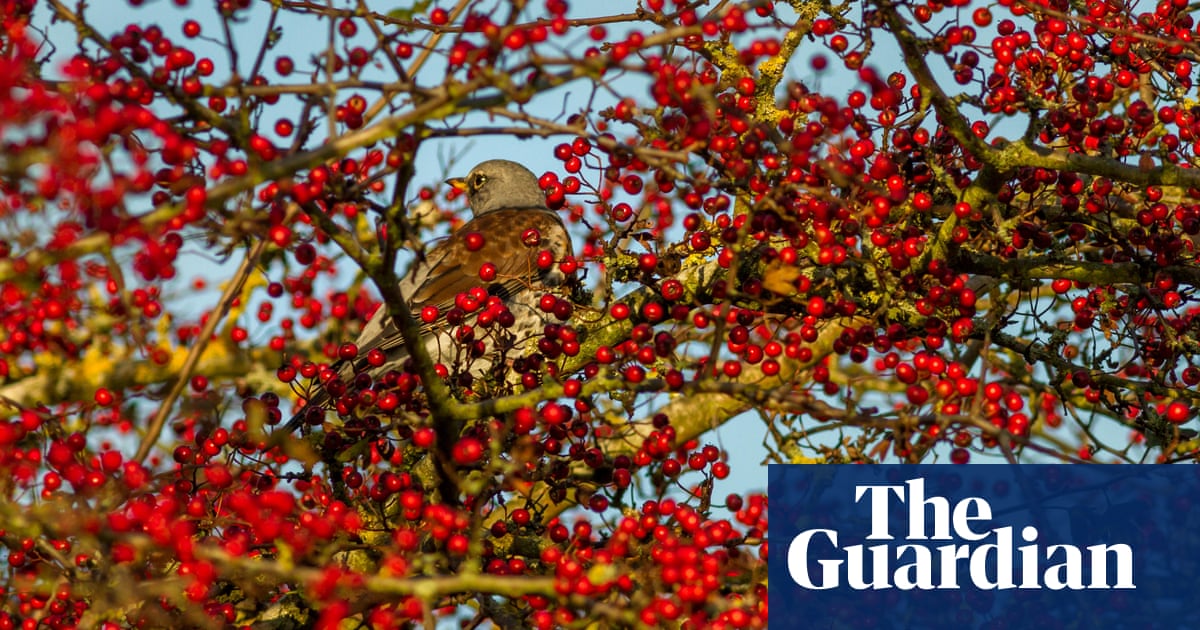
Aquiet day for birds. It is high summer: the moult, the post-breeding season lull, the birdwatching dead zone. It’s a sunless day of boiled white skies, so there are precious few butterflies on the wing also, and no grasshoppers going skrrp in the grass.
On the path beside Malham Beck – fresh, burbling, the colour of clear tea – I pause to watch a quivering young yellow wagtail (not yet yellow) being fed flies by its mother. Then with a zip and a splosh, first the air and then the surface of the beck are deftly disturbed. A house martin, stooping to take a drink. It doubles back over our heads and comes around for a chaser. Zip, right under our noses, and splosh, a delicate mouthful lifted from the water. Then gone, white bottom flashing – away, back to the cliffs.
There’s a strange dissonance that comes with seeing house martins nesting on cliffs – a peculiar feeling of time being warped or messed with. A feral pigeon on a sea cliff provokes the same reaction. You? Here? Now? Of course they were cliff birds. But we thought they’d moved on to something better: us.
Malham Cove, a great sweeping crescent of rugged limestone scarp, 80 metres high, was a waterfall once. Around 12,000 years ago, torrents of glacial meltwater would have come cascading over this precipice and crashing down the valley. Who knows, perhaps the house martins nested there back then, tucked behind the waterfall, as black swifts do in South America. They’re here now, anyway.
Mostly they’re a long way up. It’s the climbers here who come to know them best. On the climbing forums there are friendly warnings to keep from disturbing the breeding birds: they are “frequently affecting” Seventh Aardvark and various other routes; there are nests at the roof of Raindogs, the belay jugs of Thriller / Victor Hugo, and on Overnite Sensation.
We’re halfway up the 400-odd stone steps that take us to the top of the cove and its famous limestone pavement when I hear a peregrine call. It’s a sound I’ve come to know well from the birds that frequent the tall chimney tops of industrial Bradford. Birds, as always, have no sense of where they ought to be, only where they are.












